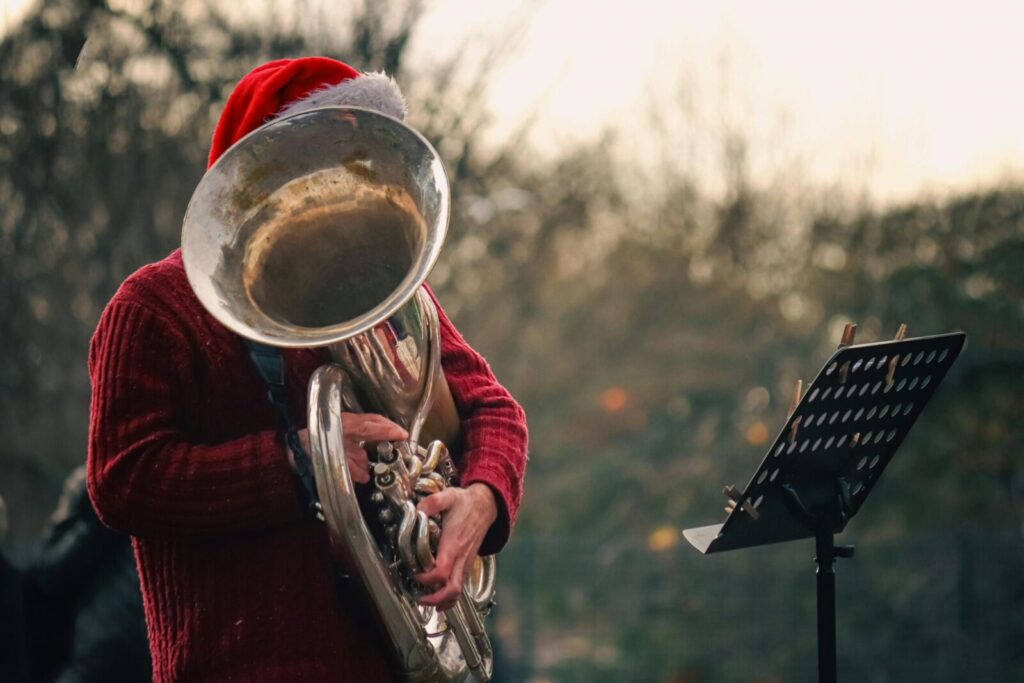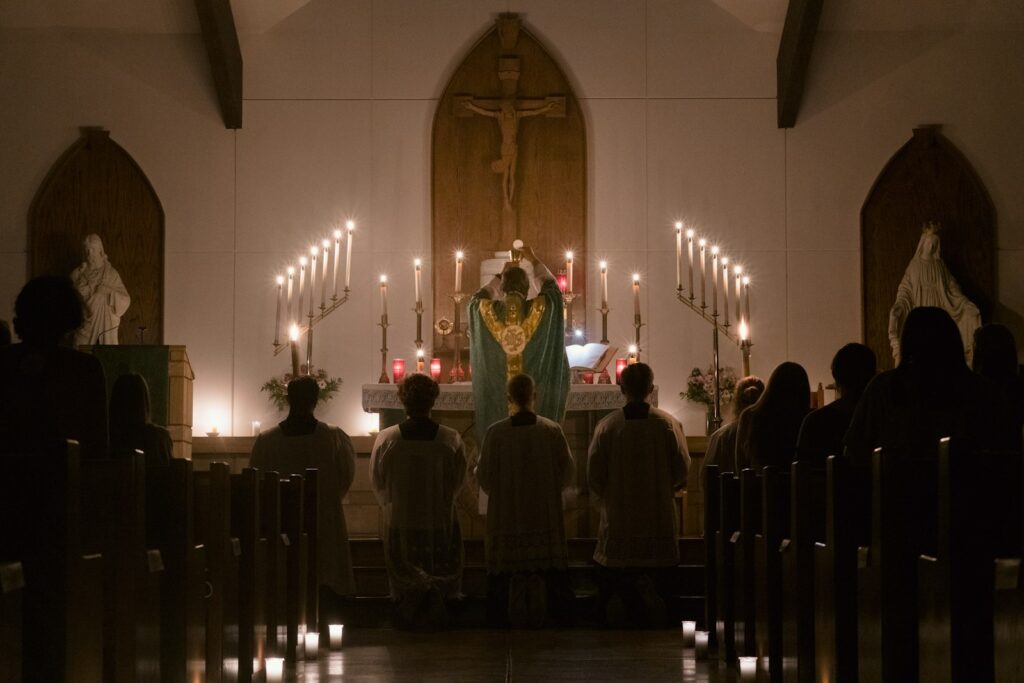Christmas has always been a season filled with warmth, togetherness, and cherished traditions passed down through generations. Yet as the world continues to change, so do the customs that once defined the holiday spirit. Many beloved Christmas traditions are slowly fading as families grow busier, new technologies emerge, and lifestyles shift toward more modern, fast-paced routines. While these changes are natural, they also highlight how quickly cultural practices can evolve, sometimes without us fully noticing. The fading of these traditions does not mean the holiday is losing its meaning; rather, it reveals how celebrations adapt to new times. From handwritten cards to caroling in neighborhoods, several familiar customs are becoming less common each year. Exploring these fading traditions can inspire us to rediscover what truly matters during the holiday season, appreciate what remains, and perhaps revive a few heartwarming practices that once brought families and communities closer together.
1. Sending Handwritten Christmas Cards

Handwritten Christmas cards were once a cherished seasonal ritual, offering a personal connection that digital messages cannot fully replace. Families used to spend time selecting designs, writing thoughtful notes, and mailing cards to relatives and friends. Today, the rise of instant messaging, email greetings, and social media posts has made traditional cards less common. Many people now choose digital alternatives because they are quicker, cheaper, and more convenient. As a result, fewer handwritten cards are exchanged, and some households skip this tradition entirely. Despite the decline, handwritten cards still hold sentimental value for those who appreciate tangible keepsakes filled with heartfelt messages.
2. Caroling Door-to-Door

Caroling used to be a lively way for neighbors to spread cheer through music, bringing communities together during the holiday season. Groups of friends or local choirs would visit homes, singing familiar carols that created a warm and festive atmosphere. In recent years, this tradition has become rare due to busy schedules, safety concerns, and changing social dynamics. Many neighborhoods no longer have groups organizing caroling events, while others prefer organized performances in public venues instead of going door-to-door. Even though the tradition has faded, caroling remains a nostalgic symbol of community spirit,reminding people of the joy that shared music can bring.
3. Decorating Fresh Christmas Trees

For generations, choosing and decorating a fresh pine tree was a beloved activity that marked the start of Christmas celebrations. Families would visit tree farms, pick the perfect tree, and enjoy its natural scent throughout the home. In modern times, artificial trees have become more popular due to convenience, reusability, and reduced maintenance. Many households prefer an artificial tree because it lasts for years and requires no watering or cleanup. As a result, fresh trees are becoming less common in homes today. Still, the experience of selecting and decorating a real tree remains a cherished memory for those who grew up with the tradition.
4. Baking Traditional Christmas Recipes

Holiday baking once played a central role in Christmas preparations, with families spending hours making fruitcakes, gingerbread, and other classic treats. These recipes were often passed down through generations, making baking a meaningful bonding activity. Today, busy lifestyles, online food delivery, and store-bought desserts have reduced the time people spend baking at home. Many households choose convenience over tradition, leading to fewer opportunities to share homemade treats. Although the tradition is fading, baking remains a heartfelt way to reconnect with loved ones and preserve family heritage, especially when classic recipes are brought out for special holiday gatherings.
5. Writing Letters to Santa by Hand

Writing letters to Santa was once a magical childhood tradition, filled with excitement as children carefully listed their wishes on paper. Parents often kept these letters as sentimental keepsakes. In recent years, digital wish lists, Santa apps, and online toy catalogs have replaced handwritten letters. Children now explore gift ideas through screens, making handwritten notes less common. Schools and community groups still encourage letter-writing, but the practice continues to decline as technology becomes more integrated into daily life. Despite the shift, handwritten letters remain a charming reminder of childhood innocence and the simple joys of the holiday season.
6. Attending Midnight Mass Together

Midnight Mass has long been an important Christmas Eve tradition for many families, offering a moment of reflection, gratitude, and spiritual connection. Churches were once filled with attendees who viewed the service as a meaningful way to begin Christmas Day. Today, fewer people attend Midnight Mass due to changing schedules, transportation limitations, and evolving religious practices. Many churches now offer earlier services, making midnight gatherings less common. Although attendance has declined, Midnight Mass remains a significant tradition for those who value its solemn beauty and the sense of unity it brings during the holiday season.
7. Displaying Elaborate Outdoor Decorations

Outdoor decorations used to be a major part of Christmas excitement, with homes adorned in colorful lights, figurines, and festive displays. Many families made decorating a tradition that included planning themes and participating in neighborhood contests. In recent years, rising energy costs, smaller living spaces, and busy lifestyles have made large outdoor setups less common. Simpler, minimalist decorations have become more popular, and some families rely solely on indoor décor instead. While elaborate outdoor displays are fading, they still inspire joy in communities that continue the tradition and keep neighborhoods glowing with holiday spirit.
8. Hosting Large Family Gatherings

Big family gatherings were once a defining part of Christmas, bringing grandparents, cousins, and extended relatives together under one roof. These celebrations often included shared meals, long conversations, and cherished bonding moments. Today, many families live far apart, making travel difficult during the holiday season. Work commitments, smaller homes, and shifting priorities have also contributed to fewer large gatherings. Instead, many opt for more intimate celebrations or virtual connections. Although the scale of gatherings has changed, the desire to connect with loved ones remains strong, even if traditions evolve to fit modern realities.
9. Participating in Community Parades

Christmas parades used to be highly anticipated events where communities gathered to enjoy festive floats, marching bands, and holiday performances. Families would line the streets early, excited to watch the colorful procession. In recent years, fewer towns have organized large parades due to budget limitations, logistical challenges, and reduced volunteer participation. Some communities have replaced parades with smaller indoor events or virtual celebrations. While the tradition is fading in many areas, Christmas parades continue to be a meaningful experience in places that maintain them, keeping the spirit of holiday celebration alive through shared community pride.
10. Making Handmade Christmas Gifts

Handmade gifts once held great sentimental value, showing thoughtfulness and creativity during the holiday season. Families crafted items like knitted scarves, homemade ornaments, and personalized crafts that carried emotional meaning. As modern life becomes busier, fewer people have time to make handmade presents. Mass-produced items and online shopping offer convenience and variety, making homemade gifts less common. Yet handmade items continue to stand out for their sincerity and uniqueness. Although this tradition is fading, reviving it can bring warmth and personal touch back into gift-giving, making celebrations more meaningful and heartfelt.
Comments